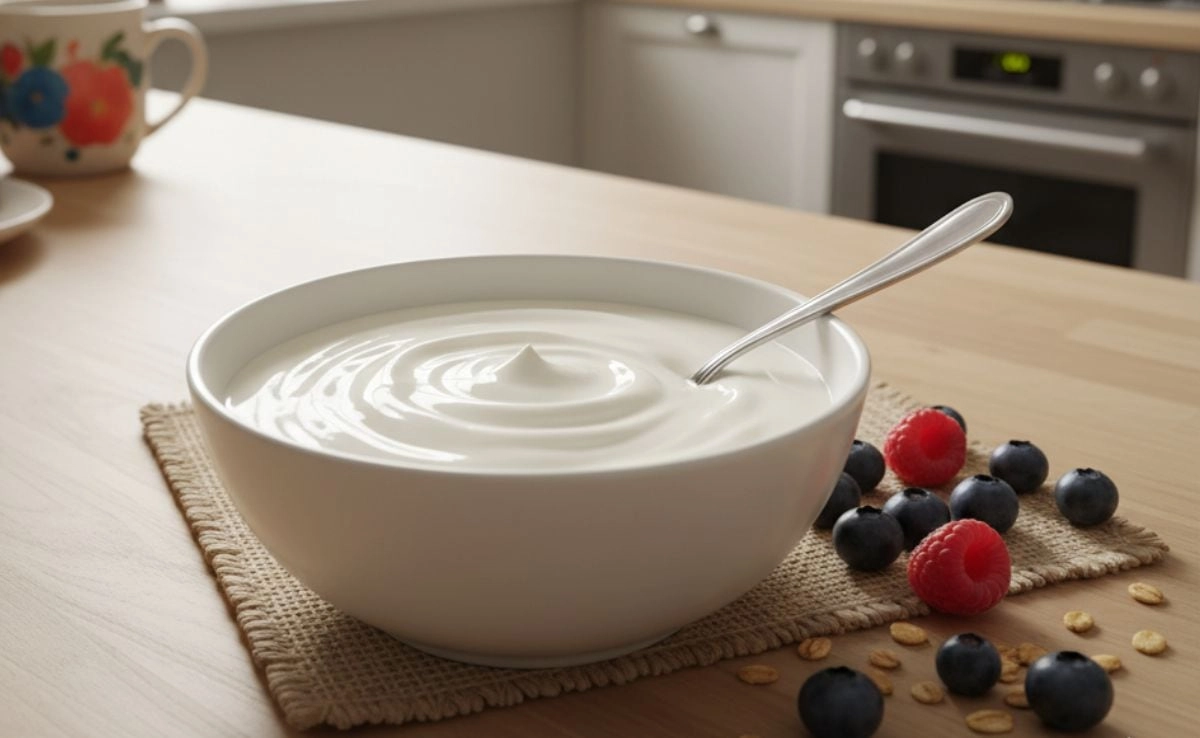A woman recently ignited a heated debate on social media after sharing a video in which she dyed Easter eggs using a toilet. The unconventional method quickly went viral, drawing reactions from various corners of the internet. While some viewers found humor in the unusual technique, others expressed concerns about hygiene and food safety. The video showcases the woman placing eggs into a bowl filled with dye that she prepared in the toilet, claiming it was a fun and creative way to celebrate the holiday. However, many critics were quick to point out the potential health risks associated with using a toilet for food-related activities, regardless of how clean it may appear.
The controversy highlights the differing perceptions of hygiene and creativity in everyday activities. For some, the act of dyeing eggs in a toilet may seem like a lighthearted approach to a traditional Easter activity, while others see it as a serious breach of sanitary practices. The situation raises important questions about what is deemed acceptable in food preparation and the lengths people will go to for social media notoriety. As debates unfolded online, health experts weighed in, emphasizing that toilets, regardless of cleanliness, are not designed for food-related tasks and can harbor harmful bacteria.
This incident has also sparked discussions about the influence of social media on behavior and the potential dangers of chasing viral trends. In a world where unique content can lead to fame, some individuals may prioritize creativity over safety, often with little regard for the implications of their actions. As the video gained traction, it served as a reminder of the importance of maintaining proper hygiene standards, especially when it comes to food preparation. Ultimately, while the woman’s method may have been intended as a playful twist on a beloved holiday tradition, it has prompted a broader conversation about the intersection of creativity, hygiene, and the evolving norms of social media culture.




